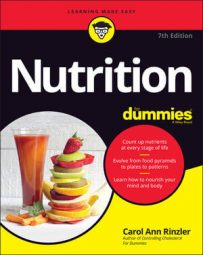Yes, reading that sentence is easier than actually doing it, but two tricks make the job easier. First, cut calories in small increments — 50 here, 100 there — rather than in one big lump. Second, instead of giving up foods you really love (and then feeling deprived), switch to low-fat versions.
Switch to low-fat or no-fat dairy products.
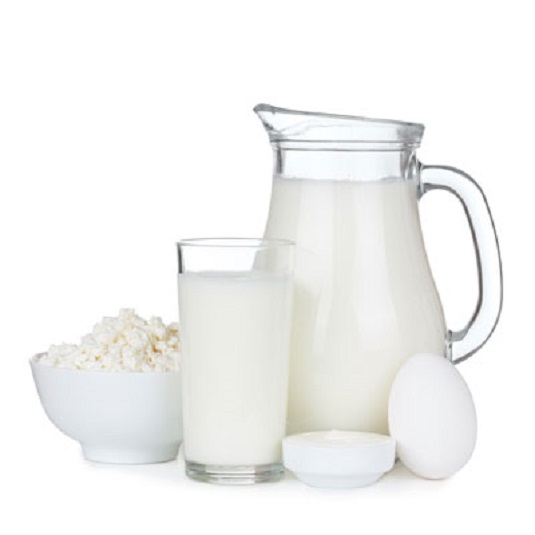
Milk and milk products are the best source for the calcium that keeps bones strong. But these same products may also be high in cholesterol, saturated fat, and calories. Reduce all three by choosing a low- or no-fat milk product.
For example, a cup of whole milk has 150 calories, but a cup of skim milk has only 85. One slice of regular Kraft American cheese has 60 calories, but one slice of Kraft Free American cheese has only 30. A sandwich made with three slices of cheese is 90 calories lighter if the cheese is “free.” And don’t worry about a smoothly melted grilled low-fat cheese sandwich. Over the years, the tech guys at the food companies have found some mysterious way to make the substitute melt away just as pleasantly as the “real” cheese.
Use sugar substitutes.
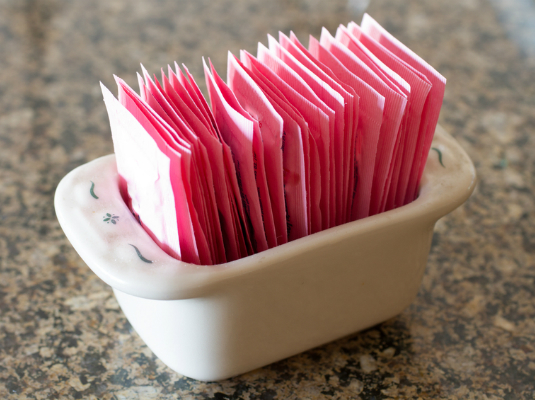
Coffee and tea have no calories, but every teaspoon of sugar you stir into your cup has 15 big ones. Multiply that by four (1 teaspoon each in four cups of coffee), and your naturally no-cal beverage can add 60 calories a day to your diet.
Sixty calories a day times seven days a week equals 420 calories, about as many as you get from four or five medium slices of unbuttered toast or five medium apples. So is this a good time to mention that one packet of sugar substitute has absolutely zero calories? Yes.
Serve stew instead of steak.
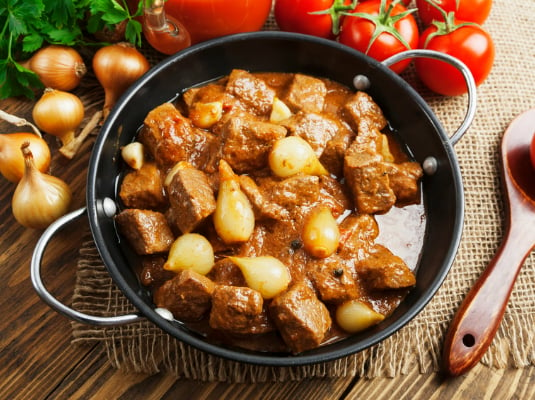
No matter how you slice it, red meat is red meat — cholesterol, saturated fats, and all. But if you stew your beef or lamb or pork rather than broiling or roasting it, you can skim off a lot of high-calorie fat. Just make the stew and then stick it in the fridge for a couple of hours until a layer of fat hardens on top. Spoon it off: Every tablespoon of pure fat subtracts 100 calories from dinner. And, yes, you should also cut off all visible fat before preparing the meat. Save 100 calories per tablespoon of fat.
Choose low-fat desserts.
Who says you have to suffer to cut calories? One-half cup (105 grams) of Häagen-Dazs chocolate ice cream has 260 calories. The same size serving of Häagen-Dazs chocolate sorbet has 130 calories. Switching from the first to the second is no sacrifice in satisfaction.
Peel the poultry.
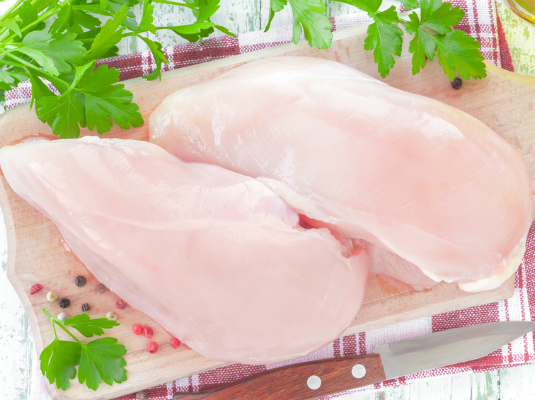
Most of the fat in poultry is in or just under the skin. A fried chicken breast with skin has 217 calories; without the skin, it has only 160. Half a roasted duck (with skin) has a whopping 1,287 calories; without skin, it’s only 444. Even if you have a fried chicken breast every night for a week, you can save 399 calories by taking the skin off before cooking the bird. Share seven skinless half-ducks with a friend, and you each save 2,950 calories a week by removing the skin. That’s practically a pound right there.
Edit your salad dressing.
True, salad can be a low-fat, low-calorie meal. Throw in some breast of chicken and a couple of no-fat croutons or cheese cubes, and it’s still mostly crunch.
But the dressing can do you in. For example, 2 tablespoons of regular Wishbone Italian Dressing contain 90 calories. But switch to Wishbone Light, and the same two tablespoons are only 35 calories. Have salad once a day for a week, and you can save 385 calories.
Make one-slice sandwiches.
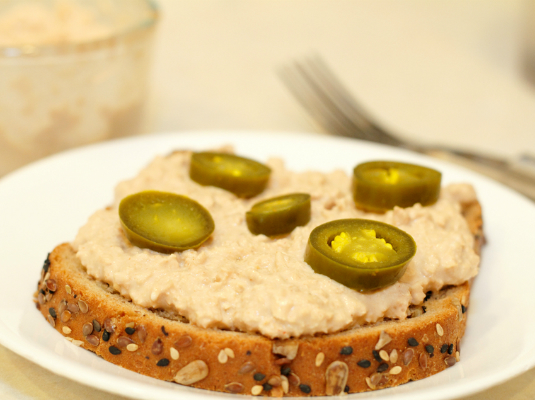
Depending on the brand, one slice of bread in your daily lunch sandwich may have anywhere from 65 to 120 calories. Do as the Scandinavians do: Eliminate one slice and serve your sandwich open-face. This strategy can cut up to 840 calories from your weekly total. Making that one bread slice whole wheat adds dietary fiber to your menu.
Eliminate the high-fat ingredient.
A bacon, lettuce, and tomato sandwich usually comes with three strips of bacon, 100 calories per slice. Leave off one strip and save 100 calories. Leave off two, save 200 calories. Leave off three, save 300 calories — and enjoy your lettuce and tomato sandwich with low-fat mayonnaise. Or you could use turkey “bacon,” but read the label carefully to be sure there’s a real saving in the sandwich. Some turkey products have more fat and calories than you might think they’d have.
Here are some other ways to eliminate fat calories:
Make spaghetti sauce without olive oil (100 calories a tablespoon).
Make split pea soup without ham (55 to 90 calories an ounce).
Make cream sauces with skim milk instead of cream (470 calories per cup for the cream; 85 to 90 calories for the skim milk).
Spray your pans rather than oiling them. The sprays are really low-cal products.
Sauté with natural juices in non-stick pans.
Bake with parchment paper instead of greasing pans.
Season the veggies instead of drowning them in butter.
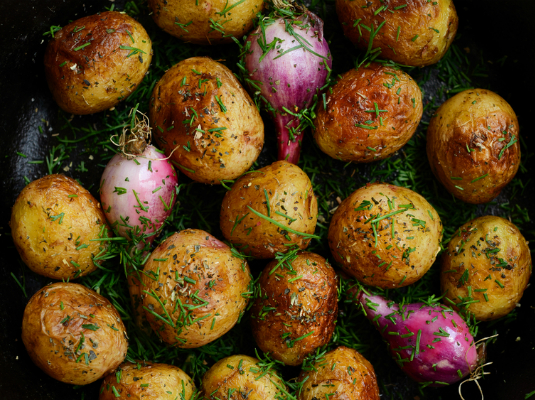
Season your vegetables with herbs instead of greasing them, and you save 100 calories for every unused tablespoon of butter, margarine, or oil. Think dill on the potatoes, chives on the corn, oregano on the green beans — whatever catches your imagination.
Wash the chopped meat.
Fill a teapot. Turn on burner. While the water is coming to a boil, put the chopped meat in a frying pan and cook it until it browns. Pour off the fat, turn the meat into a strainer, and pour a cup of hot water over it. Repeat two times. As you know, every tablespoon of fat that melts or drains from the meat saves you 100 calories, plus cholesterol and saturated fat. Use the defatted meat in spaghetti sauce.

